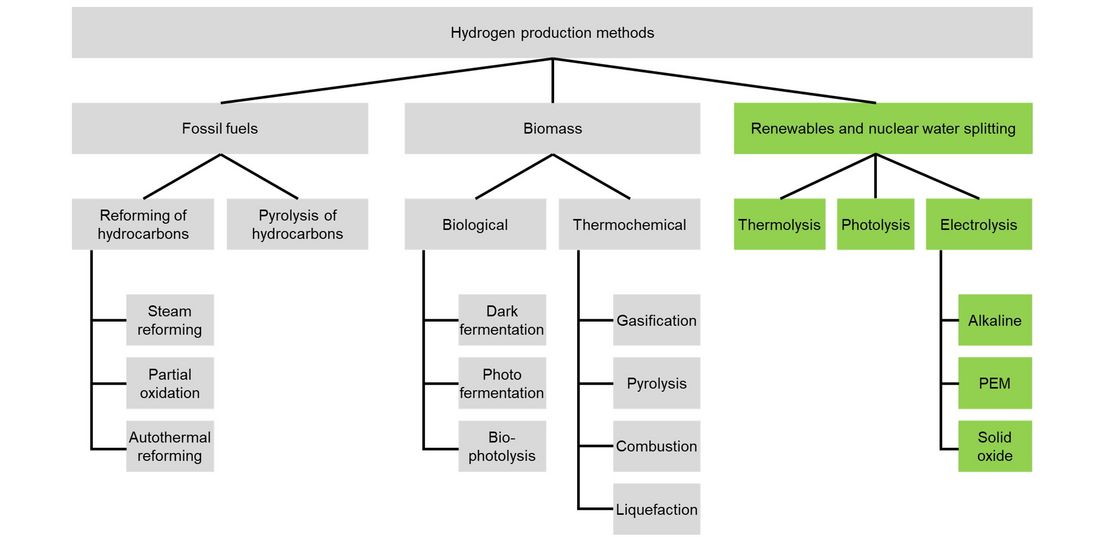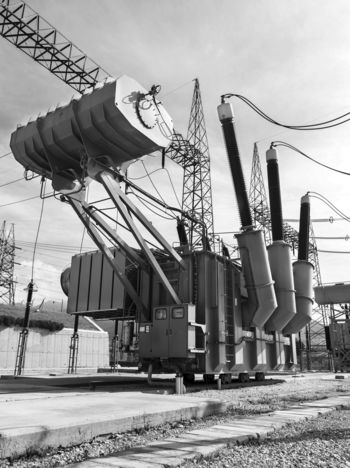Role of Hydrogen in energy transition opportunities and challenges from technical and economic perspectives
This Technical Brochure is intended as the first one on the broad topic of hydrogen; it tries to be quite comprehensive to constitute a foundation for a new important thread in CIGRE, and will be followed by further work, both within SC C1 and other SCs. The main outcomes were presented in a dedicated tutorial in CIGRE Symposium in Cairns 2023.
Members
Convenor (CH)
O. Audalov
Secretary (US)
J. Deshpande
G. Arziani (GE), E. Bue (TR), M. Cabano (IT), D. Chartouni (CH), A. Clerici (IT), J. Crouch (UK), C. Dell (UK), T. Elizarashvili (GE), J. Fang (CN), T. Herskind Olesen (DK), K. Hu (CN), A. Iliecto (IT), M. Jamea (MA), M. Killingland (NO), A. Leal-Ayala (CH), P. Mandava (US), A. Mazza (IT), D. Ostojic (US), A. Panda (CH), C. Potter (AU), S. Ritson (UK), K. Saha (IR), H. Samarakoon (AU), N. Sinclair (AU), C. Traeholt (DK), P. Wienert (DE), S. You (DK)
Deep decarbonization is the foundation of a carbon-free economy. Though a direct electrification through CO2-free energy sources is the main solution, there are certain sectors like aviation and chemical industries where electrification is technically and economically unviable. Green hydrogen and its derivatives are the most promising solution to decarbonize these hard-to-abate sectors. It can be produced from renewable electricity and water and produces zero carbon emissions when used as feedstock or converted to usable energy (electricity, heat, mechanical energy).
The hydrogen system consists of production, conversion, transport, storage and consumption (Figure 1). All these constituents are required to form a green hydrogen economy. Each step includes a multitude of technologies, which are studied in detail in this report. Overall, this report presents the whole hydrogen system, its technologies, challenges and opportunities at each step, along with technical interactions with a hosting power system and economic considerations, providing a complete picture of the entire hydrogen chain.

Figure 1 - The Hydrogen System. LH2 – liquified hydrogen, CHG – compressed hydrogen gas
Source: Hitachi Energy
As estimated by the Hydrogen Council, hydrogen could cover up to 16% of global energy demand by 2050. Other authoritative organizations expect hydrogen to fulfil 8-24% of the European energy demand by 2050 (Figure 2). Currently, majority of the demand for hydrogen comes from industrial feedstock. In the future we can expect a more diversified demand, to be used as clean feedstock, fuel, energy carrier and seasonal storage of surplus electricity.

Figure 2 - Forecfasts of hydrogen demand from 2020 to 2050 and split by sectors (right)
Source: DNV, COAG, Hydrogen Council, IRENA, Shell
As feedstock, green hydrogen is expected to be heavily used in ammonia production, methanol production, refining operations, steel production; as a fuel for industrial process heat at high temperature and for mobility in shipping and aviation (Figure 3). These possible end uses of green hydrogen are discussed in depth in Chapter 2.

Figure 3 - Potential sectors for hydrogen demand growth
Source: Hitachi Energy
Hydrogen can be produced in various ways from both fossil fuels and CO2-free sources (Figure 4). Currently, the hydrogen produced from fossils (steam methane reforming (SMR)) has the lowest levelized cost, if carbon dioxide penalization is neglected. Electrolytic hydrogen has higher cost, but if CO2-free electricity is utilized and proper CO2 penalization for fossils is in place, it can become cheaper than SMR. Various production methods are elaborated in Chapter 3: Green Hydrogen Production. Technical details, capacity needs, and costs of production are also analyzed in the chapter.

Figure 4 - Hydrogen production methods (green cells are processes CO2 free, others can become CO2 free if Carbon Capture is applicable)
Use of CO2-free electricity (typically solar and wind) in electrolyzers located as close as possible to the final consumption is the most efficient and economic option for having CO2-free hydrogen (concept of Hydrogen Valleys). However, this requires enough available physical space, and most likely at least some grid expansion, which are less likely to be accessible in the vicinity of the large urban and industrial centers. Therefore, the deployment of a hydrogen system shall also rely on hydrogen transportation and storage, i.e. a new dedicated logistic infrastructure. Getting hydrogen from global...



